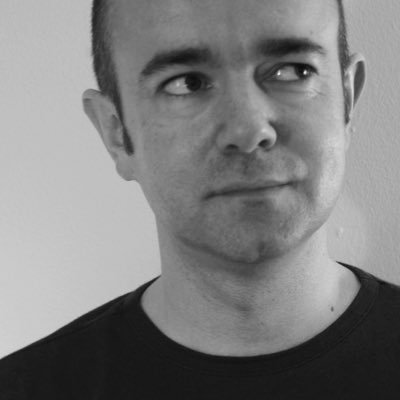Cottage in a Landscape (c1871), the Gust of Wind (1871-3), the Peasant Family (1871-2) & Haystacks, Autumn (1874). In the latter, the Stacks assume a monumental status signifying his belief in the majesty of the farming life.
Millet was considering the idealised nudes of the academic painters & sought to create an honest version. The Goose Girl (c1863), A Winnower (1866-8), the Reaper (c1866-8) & Path with Chestnut Trees nr Cusset (c1867)
Throughout the 1860s his success & fame grew. In 1867 a major exhibit of his work was shown at the Exposition Universelle. He was appointed Chevalier. Shepherdess & her Flock (1862-3), Louise Millet (c1863) & Study for the Bather (c1863)
Millet painted the The Gleaners (1857). He wanted to paint the quiet dignity of the peasant & imbue that with religious meaning. The Infant (1858) & Woman Grazing her Cow (1858) & Paysans Chargeant du Blé dans un Charrette (1854-8)
In 1849 he settled in Barbizon, a rural village in Île de France. He also painted Harvesters. Barbizon would lead him to adopt a more naturalistic, less idealised, image of rural life. The Winnower (c1848), Feeding the Young (1850) & the Gleaners (1850)
In 1840, he had a portrait accepted by the Salon. Between 1841-5 he lived in Cherbourg, Paris & Le Harve. In Paris he wd meet Troyon, Charles Jacques & Daumier. In 1847 he gained success with Oedipus & Winnower (1848), Peasant with Wheelbarrow (c1848) & the Bather (1846-8)
Thread: Jean-François Millet (1814-75) was one of the most important French 19th C painters & a co-founder of the Barbizon group which depicted rural life. He created dignified images of French peasants & the countryside. He died on this day.
In his final years he was based on his Norwegian Farm where he painted many landscapes. He also painted many female nudes. Self-Portrait with Flu (1919) & The Village Street (nd)
He survived the Spanish Flu in 1918. Nude (1913), High Summer II (1915), Self-Portrait (1916) & Model (1919-21). High Summer is a Fauvism masterpiece.
His self-portraits are fascinating in that he plays out his emotions in them with complete openness. Symbolic Motif (1902-3), Self-Portrait in Hell (1903), From Thuringewald (1905) & Self-Portrait (1906)


































